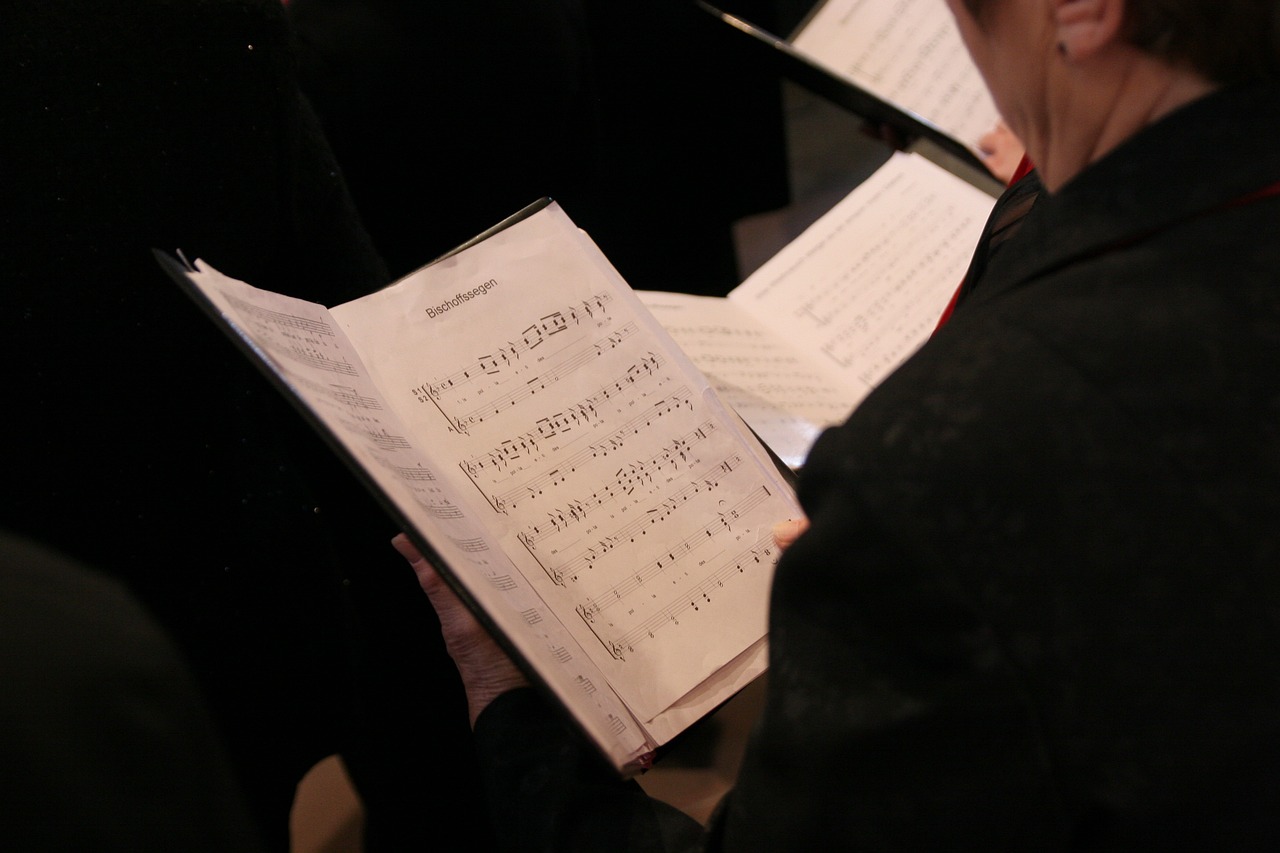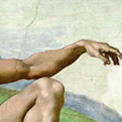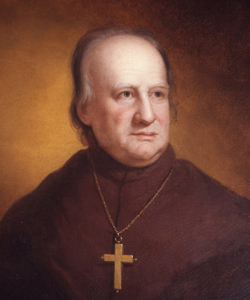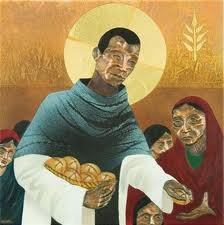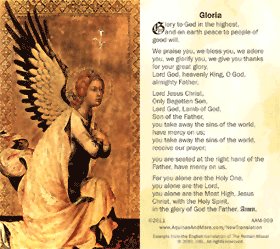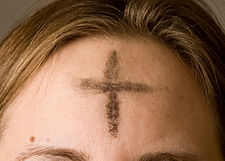Throughout its history religious life has had people who are attracted to and want to be part of the spirit of a particular community but not necessarily become a religious sister or brother, nun, or monk. In response, religious communities have over time established various ways so that such folks can more formally share in the spirit of the community. These formal relationships with a community may involve mutual responsibilities, a renewable or life-long commitment, and a rule of life.
 |
| THIRD ORDER Carmelites (wearing their “profession scapulars”) gather with Carmelite friars for prayer at Aylesford Priory in England. |
I’ll briefly describe a few of them:
• Third Orders. In some of the early religious communities, the “First Order” referred to the original group of monks or friars. The “Second Order” referred to contemplative nuns who wished to follow in the founding spirit of the First Order. The “Third Order” or “Secular Order” referred to women and men who wanted to live in the spirit of the religious community but remain in their current state of life. The three main congregations with Third Orders are the Carmelites, the Franciscans, and the Dominicans.
• Oblates. The word oblate comes from the word oblation, which in Latin means “offering.” An oblate, then, is one who offers herself or himself to God in and through their association with a particular religious community. This term is most often used within the Benedictines and monastic life.
• Associates. The words associates or affiliates are often used in relation to apostolic religious communities that are not “orders” or monastics as mentioned above.
Each community has different customs in regard to tertiaries (the term for people who belong to a third order), oblates, and associates, so I encourage you to check out their websites and connect with the vocation director of the community. She or he will be able to talk with you not only about religious life but also some of these other approaches to participating.
In addition to these and other formal paths to relationship with a religious community, there are many others. At the I.H.M. Sisters people join us all the time for liturgies, volunteering on a project, helping support the community, visiting with members, attending events, and other activities. Often these are great ways for anyone—including someone discerning a call to religious life—to get to know the community.
A number of communities you can find on the VISION Vocation Network website have third order or other similar organizations, like the associate communities of the Poor Handmaids of Jesus Christ.
Reprinted with permission from PrepareTheWord.com. ©TrueQuest Communications.




